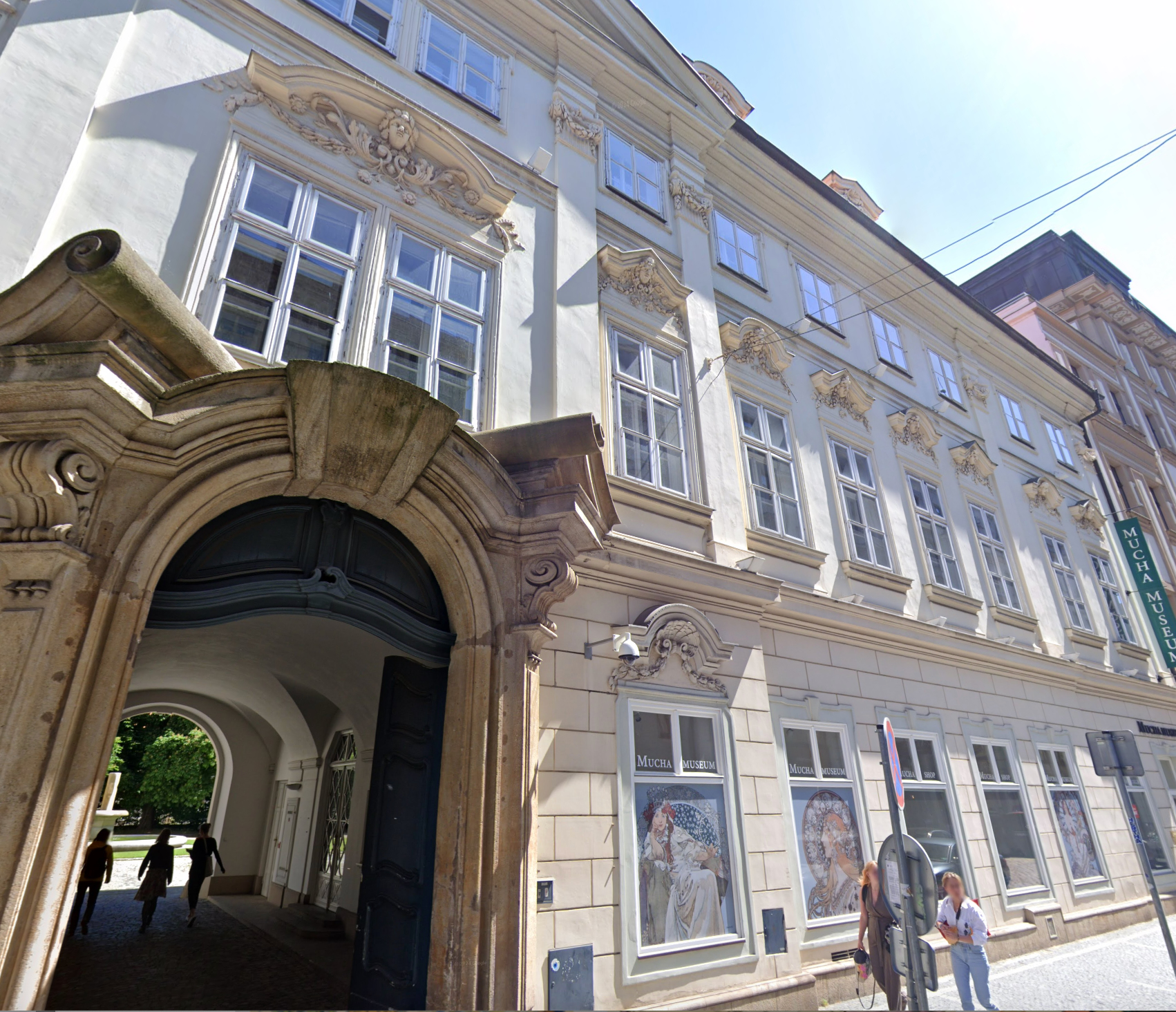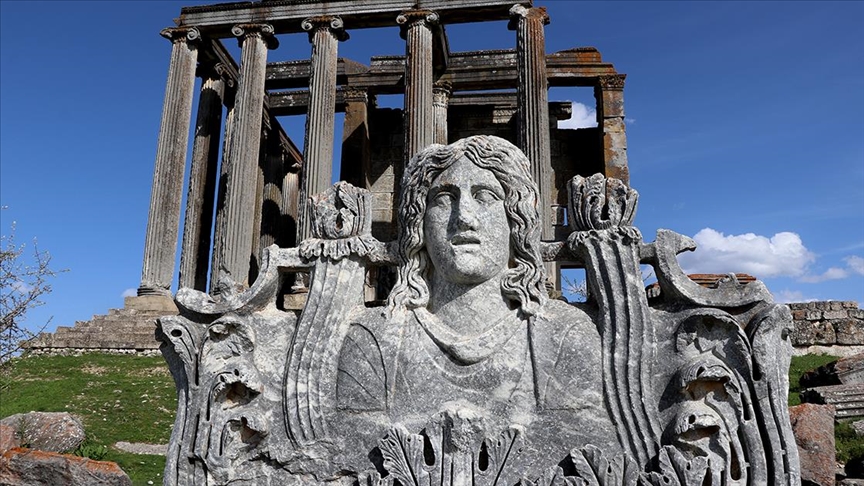The Mucha Museum, dedicated to Czech artist Alphonse Mucha, a pivotal figure in the Art Nouveau movement, is set to open a new location in Prague near the historic Old Town Square. This move follows the conclusion of a long-term agreement with its previous operator.
The museum will be housed in the renovated Baroque Savarin Palace on Na Prikope Street in central Prague, a project undertaken by local real estate developer Crestyl. The new space will showcase Mucha’s works, including lithographs and posters originally created as promotional materials for theatrical productions.
Alphonse Mucha, best known for his decorative panels and advertisements, rose to fame after creating the poster for the 1894 Greek tragedy Gismonda. The design prominently featured actress Sarah Bernhardt, who served as the focal point of the artwork.
Alphonse Mucha gained widespread recognition in the 1890s while working in Paris, thanks to the distinctive imagery in his highly stylized posters, which became closely associated with modern design.
The new Mucha Museum, part of the Savarin project, will feature over 1,100 square meters (approximately 12,000 square feet) of exhibition space, as announced by the Mucha Foundation and the real estate developer Crestyl. The museum plans to host rotating exhibitions highlighting Mucha’s influence on design and advertising, showcasing how his work shaped visual culture during and after his lifetime.
Mucha’s legacy has faced legal complexities in the past, including a dispute between the city of Prague and John Mucha, the artist’s grandson and president of the Mucha Foundation. The conflict centered on the relocation of Mucha’s Slav Epic, a 20-panel masterpiece, and Prague’s failure to construct a permanent pavilion for its display, as stipulated in Mucha’s donation agreement.
The Savarin location will offer significantly more space than the museum’s previous site on Pánská Street, where the collection has been housed since 1998. The Mucha Foundation plans to relocate the works to the new site. Marcus Mucha, the artist’s great-grandson and the foundation’s executive director, clarified that the foundation ended its partnership with the former operator of the Pánská location in May, and any Mucha-related exhibitions there are now unauthorized.







